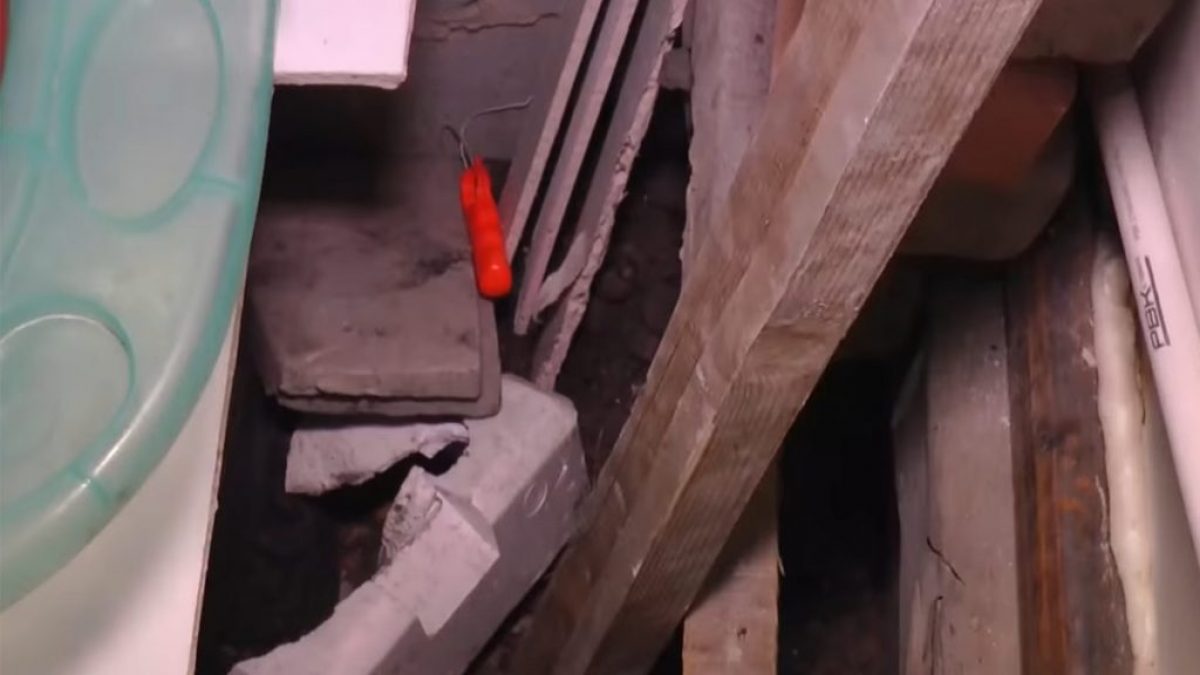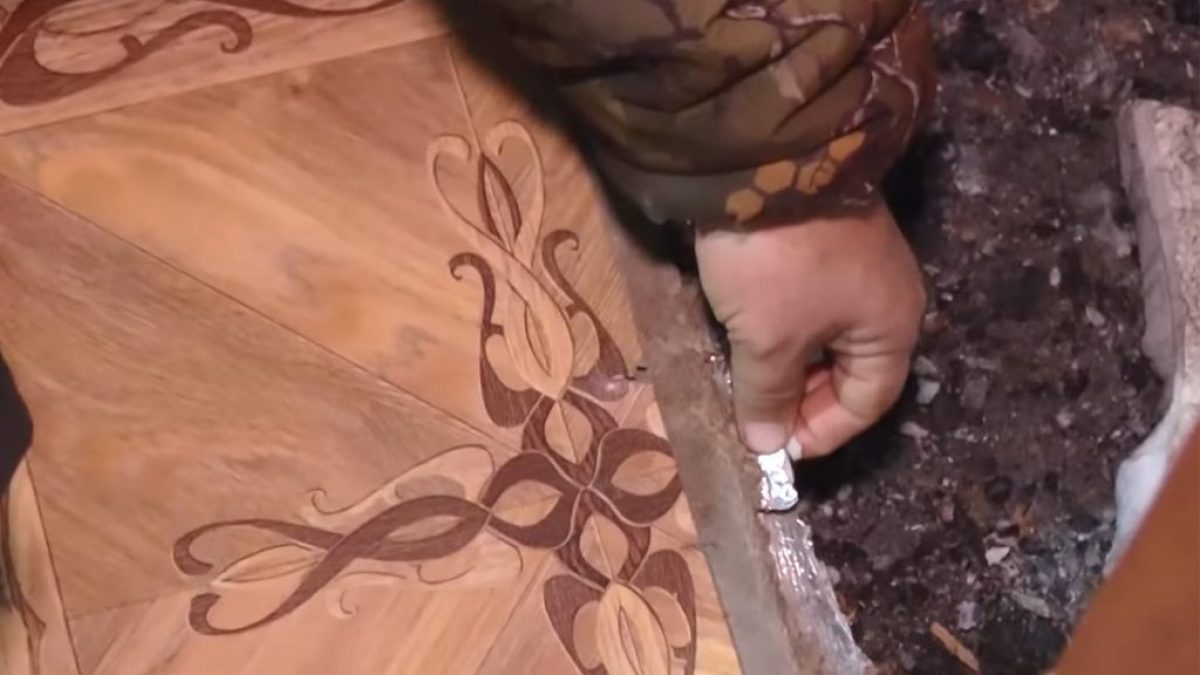Since 2017, Kazakhstan has had a programme of voluntary migration from densely populated southern regions to labour-scarce northern regions. The migrants receive social package, namely, employment and accommodation assistance.
Follow us on LinkedIn
Many people dream of «better life» and seriously think of relocation and drastic changes. Moreover, a decision to move from the warm and prosperous south to the cold and windy north of Kazakhstan requires a well thought approach to little details. The housing problem motivates people to relocate.
32-year-old Asiya Sharipova has been moving with her family in Shymkent from one rented apartment to another. In recent months, they have lived in a temporary construction with five children.
«We wanted to stay and work in the south. But we don’t have a permanent job, you know. We did not need to earn millions. The main thing is to feed our kids and to have food in the fridge. My life there was difficult,» she said hardly holding back tears.
One year ago, she with her family moved to Ekibastuz in Pavlodar region under the state voluntary relocation programme. At the new place they with the husband got a job and the house – the akimat offered the vacancies of mechanic and seamstress. However, they have a language barrier.
«I speak only Kazakh, but local residents prefer speaking Russian. At first, it was hard, but we could get used to the cold climate. Also, we all have different mentality, though we live in the same country. Some neighbours look at us with a jaundiced eye. They say migrants are given everything immediately while local people waiting for apartments are forgotten,» she said.
People from the north move to the south
For a few years, Kazakhstan has been implementing the national programme, under which able-bodied residents of densely populated southern regions move to labour-scarce northern regions of the country. Thus, the population moving from the north is being replaced, while the people moving from the south get a guaranteed social package, in particular, employment and housing.
The regions of departure for the migrants are Almaty, Zhambyl, Mangistau, Turkestan, Kyzylorda regions and the cities of Nur-Sultan, Almaty and Shymkent.
The regions receiving the new residents are Akmola, East Kazakhstan, Karaganda, Kostanai, Pavlodar and North Kazakhstan regions.
The internal migration issue arose because of the sharp population decline in central, eastern and northern regions – mass return of other ethnicities back to their historical homeland. According to the Bureau of National Statistics, the number of population in East Kazakhstan region declined by 393 thousand people in 1990 to 2020. The number of people in the same period in North Kazakhstan region declined by 360 thousand, in Kostanai region by 350 thousand, in Akmola region by 320 thousand, in Pavlodar region by 190 thousand.
If the northern, central and eastern regions of Kazakhstan became labour-scarce ones, the population in the south and west of the country increased by 3.5 million in 30 years of independence.
The government of Kazakhstan adopted a programme of voluntary migration of citizens to solve this issue and to optimise demographic flows.
«Now all issues regarding the internal migration regulation are undoubtedly one of the most high priority issues for successful socioeconomic development of the country. […] Current realias for the state is to develop effective migration policy to optimise demographic processes and to ensure well-balanced regional labour markets,» said economist Olzhas Zhakupov.
Let’s go north
According to the Ministry of Labour and Social Protection of the Republic of Kazakhstan, 1,610 households, or 5,655 individuals, moved from the south to the north of Kazakhstan as of December 1, 2020. The pandemic influenced the migration and somewhat hindered the programme last year. Overall, the government of Kazakhstan is going to resettle about 59 thousand households to the north in 2018-2022 under the state programme.
The state programme provides subsidies from the republican budget to the voluntary migration participants:
- for relocation – one-time payment to each family member in the amount of 35 MCI (242 dollars);
- for house rent and utility services – 15 to 30 MCI (104 to 242 dollars) to the family depending on the number of family members and the area, payable monthly for 12 months.
The main requirement is to have at least one family member work. For this end, one needs to apply to local authorities, namely local employment services, to find occupational work. Unqualified family members are given access to free secondary vocational education. Children of the migrants are admitted to kindergartens and schools on the same basis as everyone else.
The government provides land to the migrants who want to open business in cattle breeding and agriculture. The citizens who submit a business plan are extended a loan with a low rate of 6 per cent and a free course in entrepreneurship.
Besides, measures are being taken to provide migrants with housing. Thus, according to the Ministry of Labour and Social Protection of the Population, 714 private residential structures will be built in North Kazakhstan region, 441 apartments will be purchased in Pavlodar region.

Baglan Kanapiya, who moved from Saryagash district of Turkestan region, confesses he does not regret his decision to move and is not planning to go back to the south. Now he and his wife and four children live in the village of Astrakhanka in North Kazakhstan region.
«I used to work in the south wherever I could. Sometimes, I didn’t earn anything. When I heard about the programme, I couldn’t believe it. Then, I told about it to my wife and she also wanted to apply. By that time, nothing was keeping us there,» said Kanapiya.
Having received the allowance, he furnished the house. Each member of his family received the allowance and he found a job as a locksmith.
Photo courtesy of Baglan Kanapiya
«The only problem I am trying to solve is the quality of my new home – the walls are spalling because of moisture. Also, the smell appeared. Luckily, the house for the migrants is still under warranty, and I expect that these defects will be eliminated soon. At least, the akimat promised to do it. Do you know how long I will be paying for it? After five years of rental payments, I will need to pay out seven million tenge (16,635 dollars) in monthly instalments. It’s a kind of mortgage, but without the initial instalment. Don’t think they gave me everything for free,» Kanapiya said.
After thinking for a while, he added, «at least, this is my house.»

In early December 2020, Senator Aigul Kapbarova at the parliamentary session expressed concern that most of the residential buildings provided by the state for the migrants did not meet modern standards, sanitary standards, and some were in disrepair. The deputy proposed an initiative to create a special adaptation centre for migrants at the level of akimats of all regions of Kazakhstan, as well as a regional population relocation programme.
Creating the most favourable conditions
An expert in migration issues, Dias Maratov, noted that the government needs to step up the work on relocation of citizens to the north and significantly increase the social support provided to them. According to him, the state programme cannot be yet called effective, primarily because of the housing issue.
«The quality of buildings for migrants leaves much to be desired, this issue is still open. The question is for how long the migrants will stay after the government stops paying rental payments and utility bills, which are now paid for twelve months per family, depending on the number of family members and the area,» he said.
Another important aspect that requires elaboration is employment. According to Maratov, there is no clear coordination of the actions of sectoral and regional structures, and vacancies for migrants are often unattractive.
In October 2020, the head of state, Kassym-Zhomart Tokayev, proposed at the session of the National Council of Public Trust to double the amount of the allowance for migrants from 35 MCI (242 dollars) to 70 (485 dollars) and create a special website for internal migrants on the basis of Yenbek.kz, where they can get all the information on government support measures.
«The state should create the most favourable conditions for migrants. Recently, I was on a working trip to North Kazakhstan region. The region has the lowest demographic growth rate, but shows good results in attracting migrants to the region. New houses for migrants are being built in the region. The communal infrastructure system is developing, socially significant facilities are being built,» the president said (as quoted by Sputnik Kazakhstan).




